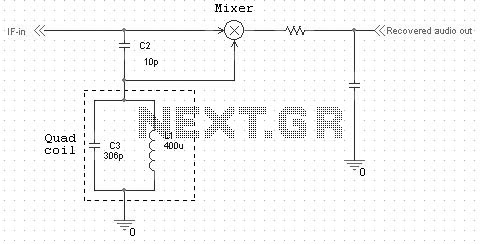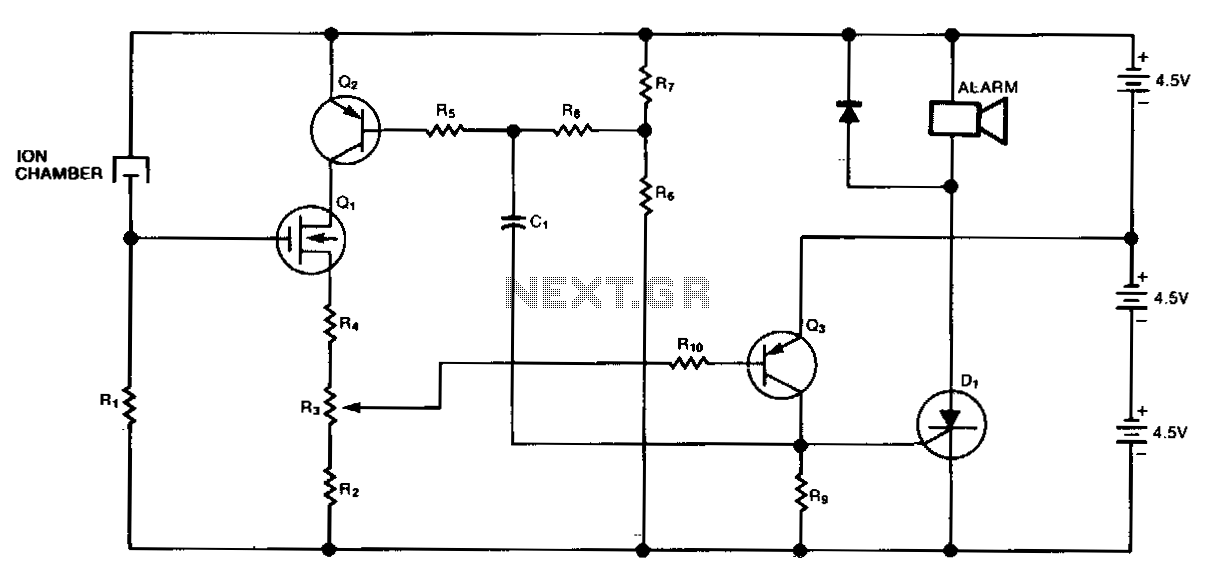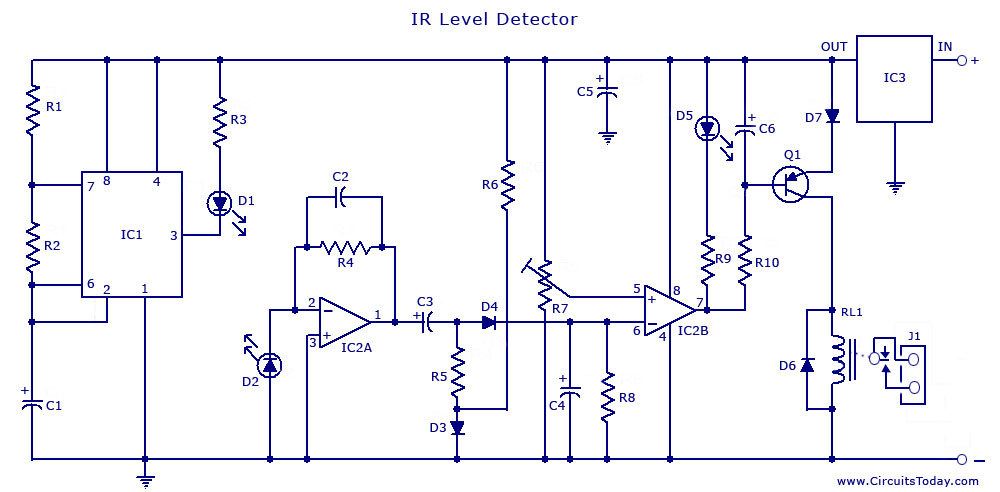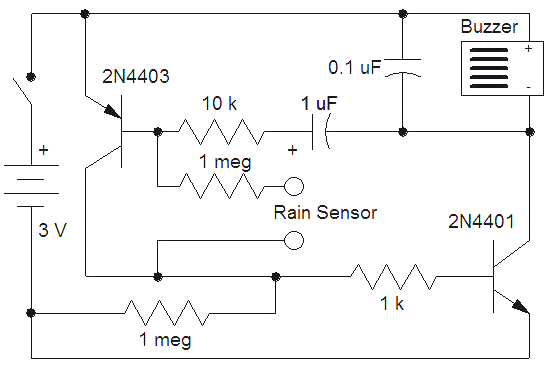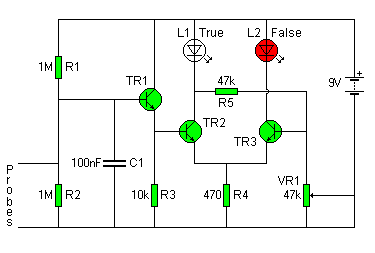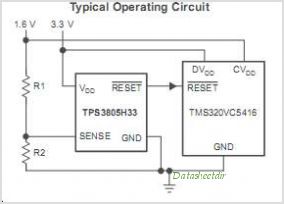
Deluxe Radar Detector
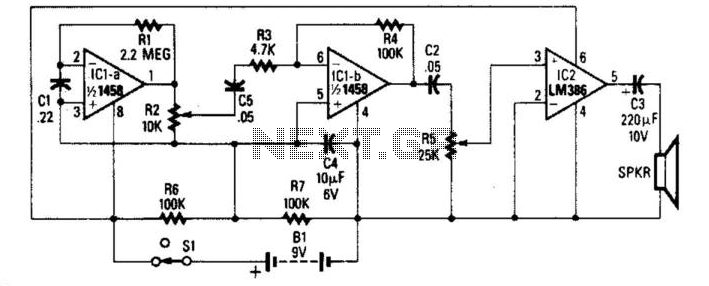
This simple radar detector includes an audio amplifier for driving a loudspeaker. It uses an operational amplifier as a detector of microwave signals.
The radar detector circuit primarily consists of an operational amplifier (op-amp), which functions as the core component for detecting microwave signals. The op-amp is configured in a manner that allows it to amplify the weak microwave signals received by the antenna. The circuit typically includes an antenna designed to capture microwave frequencies, which are then fed into the input of the op-amp.
The output from the op-amp is connected to an audio amplifier stage, which is responsible for driving a loudspeaker. This audio amplifier can be a simple transistor-based amplifier or an integrated circuit designed for audio applications. The amplified audio signal is then sent to the loudspeaker, producing a sound that indicates the presence of microwave signals.
To ensure optimal performance, the circuit may include additional components such as resistors and capacitors that set the gain of the op-amp and filter out unwanted noise. Power supply considerations are also crucial; the circuit requires a stable voltage source to ensure proper operation of the op-amp and audio amplifier.
Overall, this radar detector design allows for effective detection of microwave signals, providing audible alerts through the loudspeaker, which can be particularly useful in various applications such as speed detection in law enforcement or monitoring in industrial settings. This simple radar detector includes an audio amplifier for driving a loud speaker. As in Fig. 69-1, it uses an op amp as a detector of microwave signals. 🔗 External reference
The radar detector circuit primarily consists of an operational amplifier (op-amp), which functions as the core component for detecting microwave signals. The op-amp is configured in a manner that allows it to amplify the weak microwave signals received by the antenna. The circuit typically includes an antenna designed to capture microwave frequencies, which are then fed into the input of the op-amp.
The output from the op-amp is connected to an audio amplifier stage, which is responsible for driving a loudspeaker. This audio amplifier can be a simple transistor-based amplifier or an integrated circuit designed for audio applications. The amplified audio signal is then sent to the loudspeaker, producing a sound that indicates the presence of microwave signals.
To ensure optimal performance, the circuit may include additional components such as resistors and capacitors that set the gain of the op-amp and filter out unwanted noise. Power supply considerations are also crucial; the circuit requires a stable voltage source to ensure proper operation of the op-amp and audio amplifier.
Overall, this radar detector design allows for effective detection of microwave signals, providing audible alerts through the loudspeaker, which can be particularly useful in various applications such as speed detection in law enforcement or monitoring in industrial settings. This simple radar detector includes an audio amplifier for driving a loud speaker. As in Fig. 69-1, it uses an op amp as a detector of microwave signals. 🔗 External reference
